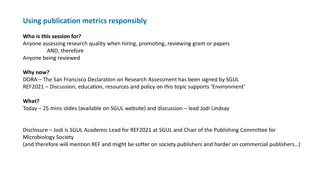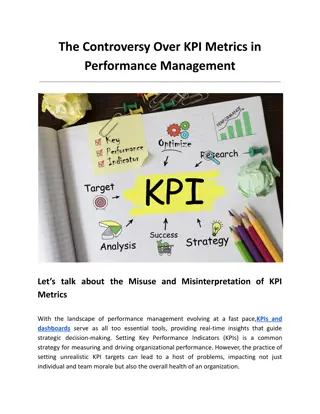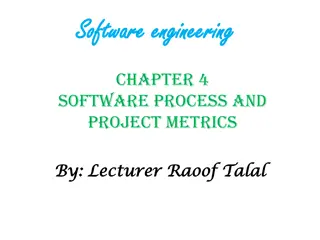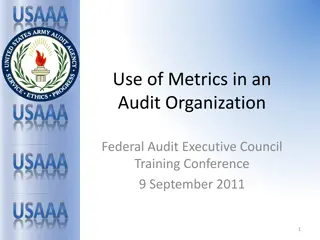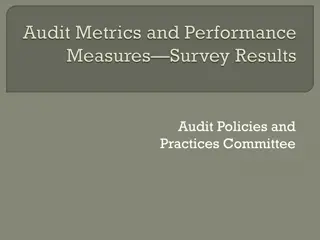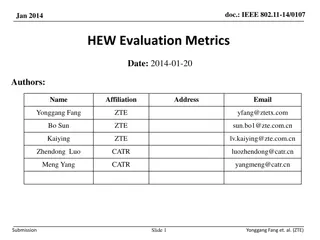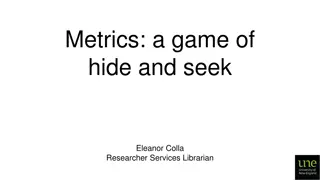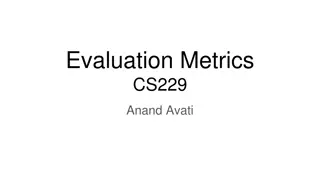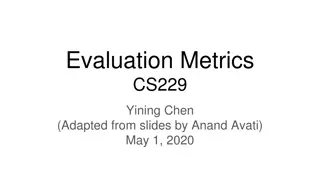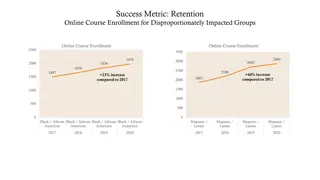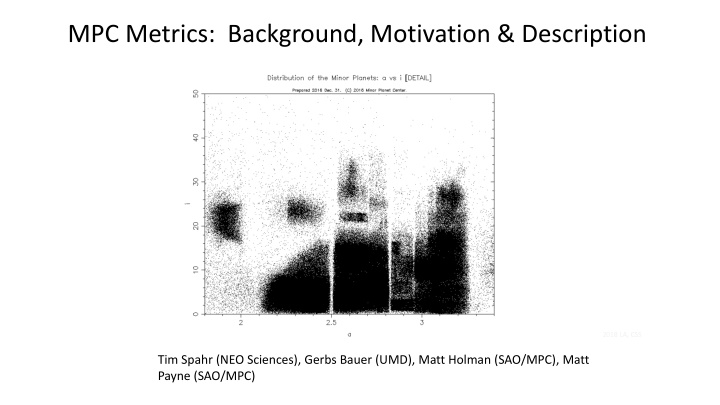
MPC Metrics: Tracking Observational Data for NEOs
Explore the background, motivation, and description of MPC Metrics in tracking Near-Earth Objects. Learn about statistical measures, processing throughput, and the goal of increasing the NEO catalog. Discover the importance of improving MPC throughput for maintaining numbered object orbits and identifying positions reliably.
Download Presentation

Please find below an Image/Link to download the presentation.
The content on the website is provided AS IS for your information and personal use only. It may not be sold, licensed, or shared on other websites without obtaining consent from the author. If you encounter any issues during the download, it is possible that the publisher has removed the file from their server.
You are allowed to download the files provided on this website for personal or commercial use, subject to the condition that they are used lawfully. All files are the property of their respective owners.
The content on the website is provided AS IS for your information and personal use only. It may not be sold, licensed, or shared on other websites without obtaining consent from the author.
E N D
Presentation Transcript
MPC Metrics: Background, Motivation & Description 2018 LA, CSS Tim Spahr (NEO Sciences), Gerbs Bauer (UMD), Matt Holman (SAO/MPC), Matt Payne (SAO/MPC)
Outline Motivation & Background for tracking MPC throughput and improvements + survey progress Introduction and explanation of (some of the) metrics
MPC Metricswhat are we talking about ?? Tracking various statistical measures pertaining to observations received and processed by the MPC Examples: number of objects in different observational classes (numbered, multi-opposition, etc) Number of designations & observations in isolated tracklet file (ITF) How long do objects stay on the Near-Earth Object Confirmation page (NEOCP)? How long from submission of tracklet to numbering? Many more metrics; will show abbreviated list later
Motivation Motivation simple we need statistical means of tracking MPC s processing throughput Also Inform community on sheer volume of data received & processed by the MPC Overall goal is to increase the catalog of NEOs! Improving MPC throughput improves the catalog of numbered objects Numbered objects are never lost (orbits good to <~2 for decades) Orbits are so good that individual positions can be reliably identified and removed from transient stack (major survey implications) Surely this is some combination of MPC processing + worldwide observing efforts
Documentation of metrics Beginning in January, Gerbs, Tim, Matt^2 began drafting metrics document (we took good notes at NEOO Review in Oracle in February, and met twice there) Metrics broken into sections follow-up, progress & improvement, NEOCP objects, main-belt objects, tools to assist observers Metrics document is finalized and some metrics are already being tracked
Summary Table, 10/14, 2018 OBJECT TYPE NUMBER # observations Numbered 523,800 196,391,957 Multi-opposition 654,110 -- One-opposition 132,888 -- ITF unique 4,430,850 16,193,576
Progress and some background Heliocentric linking (Holman and Payne work) is helping identify and link objects more quickly Speedier removal of NEOCP objects (big subject at the Oracle meeting was a leaner NEOCP; both of these items directly impact that)
Progress and some background MPC processed a giant batch of identifications from Rob Weryk (and a second is in the pipeline) Something like 10% of the ITF; second batch > 20% of the ITF Also large batch of heliocentric-linking objects fully processed Fraction of multi-opposition orbits has exploded (now more multi- opposition than one-opposition orbits)
Summary Metrics were introduced to track MPC throughput Overall goal of metrics is to guide MPC + survey progress towards a larger numbered asteroid catalog and reduce the time objects spend on the NEOCP and also reduce the number of NEOCP candidates ITF processing with some new techniques and new players is having major impact on the MPC orbit catalog Many of the metrics are already being computed on a weekly basis







